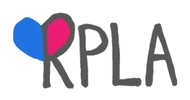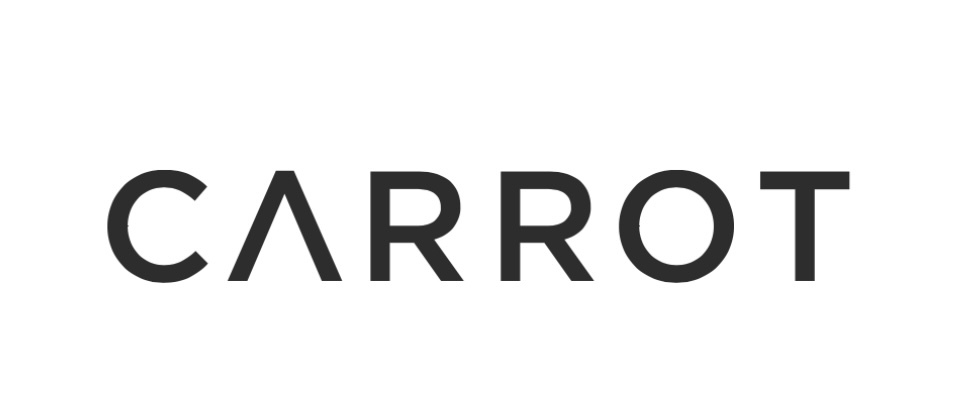Breastfeeding with Flat or Inverted Nipples: What Works & What Doesn’t
Breastfeeding is often sold as “natural.” But when your baby can’t latch — or your nipples don’t point out the way books and diagrams say they should — it can feel frustrating, defeating, and lonely.
If you have flat or inverted nipples, let’s get one thing straight:
You are not broken.
You just need different tools — and the right support.
This article breaks down what causes flat or inverted nipples, how it affects breastfeeding, what really helps, and how to feed your baby your way — with clarity and compassion.
First: What Are Flat or Inverted Nipples?
Flat Nipples
• Don’t stick out when stimulated
• May appear level with the areola
• Can be hard for babies to latch onto without help
Inverted Nipples
• Retract inward instead of protruding
• Can be partial (come out with stimulation) or full (stay inverted)
• Can make latch and milk transfer more difficult — but not impossible
Up to 10–20% of women have some variation of inverted or flat nipples. It’s more common than you’ve been told — and doesn’t automatically mean you can’t breastfeed.
Can You Breastfeed with Flat or Inverted Nipples?
YES. But you may need:
• Time
• Patience
• Supportive techniques
• Possibly tools (like shields or pumps)
Some babies have no problem latching. Others may struggle, especially in the early days when they’re learning and your nipples are softer or engorged.
Good news? Many nipples become more everted (stick out) over time — especially with stimulation and regular feeding.
What Actually Helps — Tried & True Strategies
1. Nipple Stimulation Before Latching
Try:
• Rolling or gently pulling the nipple with fingers
• Applying a cold compress for a few seconds
• Stimulating the nipple with a breast pump briefly
• Manually shaping the areola to guide latch
This helps draw the nipple out and prepare baby for a better latch.
2. Nipple Shields (Temporary Tool)
These silicone shields go over the nipple, creating a firmer shape for baby to latch onto.
Tips:
• Use only with lactation consultant guidance
• Sterilize and size properly
• Wean off gradually if latch improves
Shields can be helpful — but long-term use may impact supply if not monitored.
3. Breast Shells Between Feeds
These are not shields — they’re plastic discs worn inside the bra to gently draw nipples out over time through pressure.
They don’t help with feeding directly, but can prep nipples for easier latch.
4. Pumping to Draw Out Nipples
A quick 2–3 minute session before feeding can:
• Stimulate milk flow
• Evert the nipple
• Make latch smoother
You can also express a few drops of milk to entice baby and ease frustration.
5. Positions That Support Deeper Latch
Try:
• Laid-back (biological nurturing): Baby leads the latch with gravity’s help
• Football hold: Good visibility and control
• Side-lying: Encourages relaxation and natural mouth opening
Getting a deep latch is key — not just attaching to the tip of the nipple.
6. Get Pro Help Early
If you’re struggling:
• Book a lactation consultant (IBCLC)
• Visit a breastfeeding clinic
• Ask your midwife for hands-on help in the first 24–48 hours
Don’t wait until you’re in pain or your baby is losing weight. Early support = better outcomes.
What Usually Doesn’t Work
• Forceful pressure on baby’s head to latch
• Ignoring pain (“it’ll get better”) — pain means poor latch
• DIY nipple piercings or suction tricks (unsafe and unnecessary)
• Waiting too long to feed — hunger makes latch harder
You deserve safe, effective support — not painful trial and error.
If It Doesn’t Work? You Still Have Options
If breastfeeding just doesn’t work with flat or inverted nipples — or you decide it’s not worth the stress — you’re not a failure.
You can:
• Exclusively pump and bottle feed
• Combination feed (breast + formula)
• Fully formula feed with love and bonding
You’re still nourishing your baby. You’re still a brilliant mother.
Nipple shape does not define success — your love and dedication does.
Final Thoughts
Breastfeeding with flat or inverted nipples is possible. It may be challenging, and it may require creativity and support. But with the right tools — and permission to let go if needed — you will find a feeding rhythm that works for you and your baby.
Your body is not wrong. Your baby is not behind.
And you? You’re doing beautifully.











